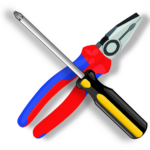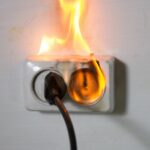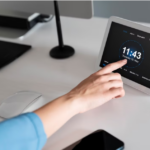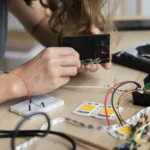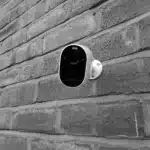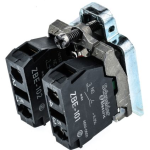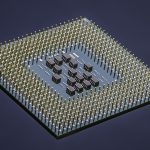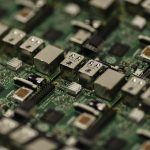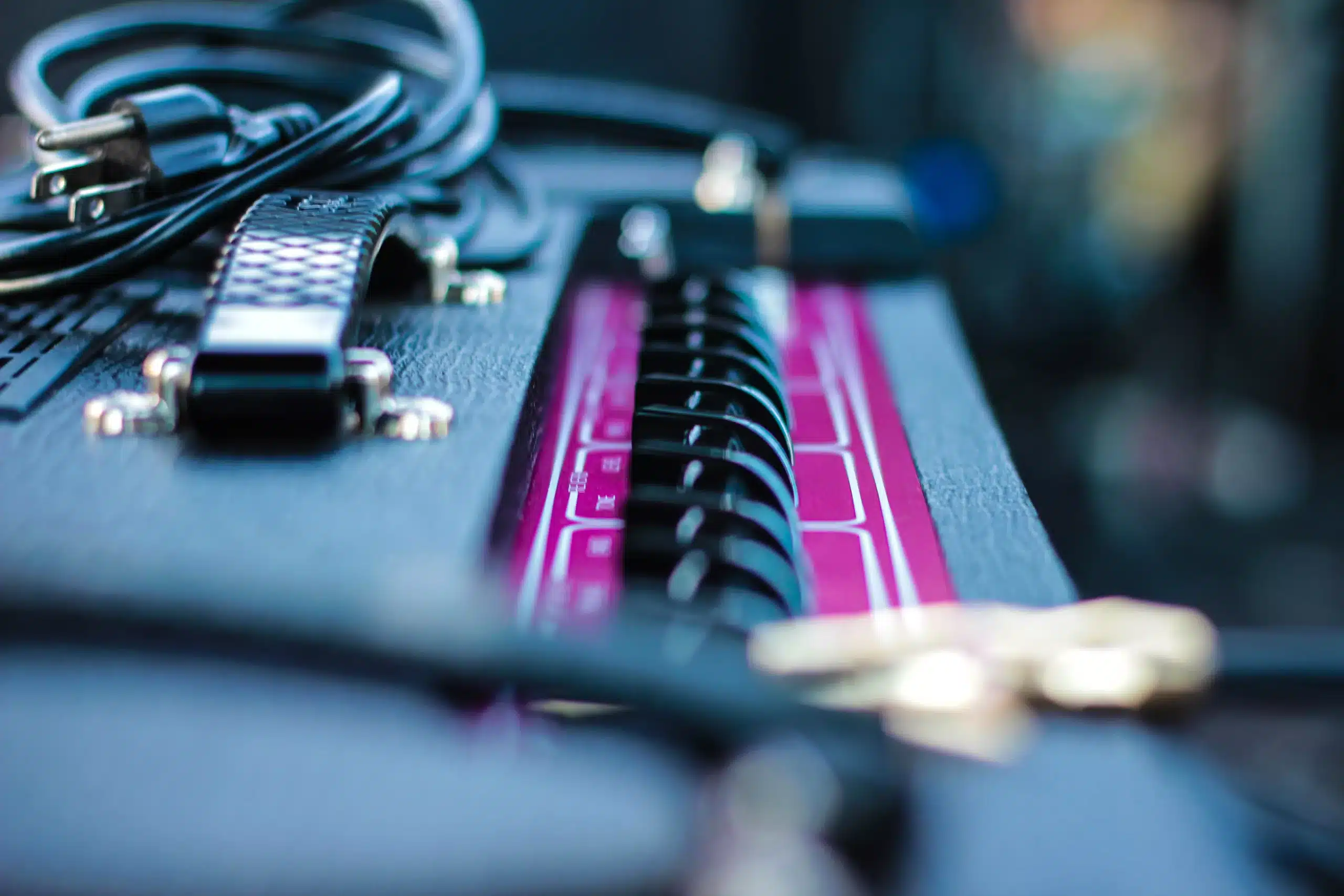
Introduction
USB-C devices have become the universal standard for connectivity and power delivery in today’s modern technological world. Its versatility and fast data transfer speeds make it an essential feature for laptops, smartphones, and other gadgets. However, to truly harness the potential of boosting USB-C power, it is critical to know the best strategies for maximizing its power delivery and boosting transfer speeds. Moreover, this article analyses the quick tips to help you make the most of your USB-C connections.
Understanding USB-C: Exploring the Significance
Universal Serial Bus (USB) Type-C is a compact, versatile, and widely adopted connectivity standard that has revolutionized how we connect and power our devices. Its significance lies in its ability to offer a single, compact, and reversible connector that can transmit data, deliver power, and support various protocols, such as USB, Thunderbolt, and DisplayPort. This universality has simplified the clutter of multiple cables and adapters, making it a go-to choice for consumers to connect laptops, smartphones, tablets, and a wide range of peripherals.
Secret Tips for Boosting USB-C Power Delivery and Transfer Speed
Boosting power transfer in USB-C devices with high transfer speeds primarily depends on various factors. However, our intelligent tips will help you get the most out of USB-C power delivery and data transfer, including:
Use High-Quality Cables and Adapters
The first rule for maximizing USB-C power delivery and transfer speed is to invest in high-quality cables and adapters–to determine data transfer and power speeds. Not all USB-C cables are created equally; cheap, low-quality ones can significantly limit or slow down your devices. Look for USB-IF-certified cables and adapters as they meet the industry’s stringent standards for quality and performance.
Check for USB-C Compatibility
Before connecting your devices, ensure they are compatible with USB-C power delivery and data transfer. While many modern devices support USB-C, older gadgets may have a different feature. If your device doesn’t have a USB-C port, you can still use it with a suitable adapter, but you may need to achieve the full potential of USB-C.
Optimize Power Settings
To maximize USB-C power delivery, optimizing the device’s power settings is vital. On laptops, for instance, you can adjust power profiles to prioritize performance over battery life when connected to a power source. This enables your device to draw more power from the USB-C connection for faster charging and better performance.
Verify USB-C Version
USB-C technology with newer versions offers better performance. Check the USB-C version of your devices and cables. USB 3.1 Gen 2 offers faster data transfer speeds (up to 10 Gbps) than the older USB 3.1 Gen 1 (5 Gbps). Ensure your devices and cables use the latest USB-C version to maximize speed.
Monitor Temperature and Close Background Apps
High temperatures can affect the device’s performance. Ensure your device and the connected accessories are adequately cooled to prevent thermal throttling. When transferring data, close unnecessary background apps and processes that might consume CPU and memory resources to help ensure maximum USB-C data transfer speeds.
Use USB-C Docking Stations
USB-C docking stations are incredibly versatile and can maximize your USB-C connections. They provide additional ports and connect multiple devices simultaneously. Some docking stations even support multiple displays, making them an ideal solution for professionals and creative users who need a multi-screen setup.
Keep Ports Clean and Dust-Free
Over time, USB-C ports can accumulate dust and debris–affecting both power delivery and data transfer speeds. Regularly inspect and clean your USB-C ports using compressed air or a soft brush. Be gentle to avoid damaging the delicate connectors to ensure a secure and efficient connection.
Avoid Daisy-Chaining Too Many Devices
While USB-C allows daisy-chaining multiple devices, be cautious not to overload the connection. Too many devices can lead to reduced power delivery and slower data transfer speeds. Consider using a powered USB hub or docking station when connecting several peripherals to a single USB-C port.
Consider Using Thunderbolt 3 and 4
For absolute highest data transfer speeds, consider devices supporting Thunderbolt 3 and 4, which can provide data transfer speeds up to 40 Gbps, surpassing standard USB-C.
Update Device Drivers
Outdated device drivers can sometimes limit the performance of your USB-C connections. Check for driver updates regularly, especially for devices like laptops, where manufacturers often release updates to improve compatibility and performance.
Final Thoughts
USB-C has emerged as a game-changer for connectivity and power delivery in the tech world. Over time, the performance and efficiency of these devices are reduced, depending on various factors. Finally, you can unlock the full potential of USB-C PD for your devices by following the mentioned quick tips–maximizing the power of USB-C and making your digital life more efficient and productive.






